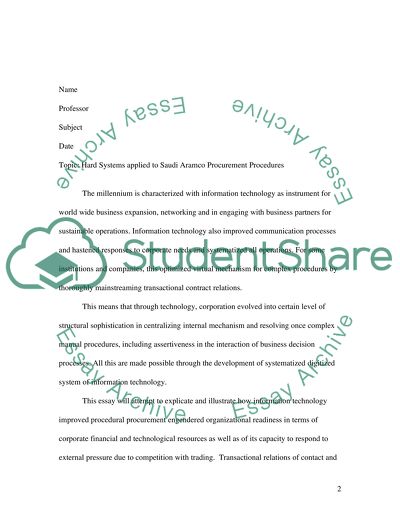Cite this document
(“Saudi Aramco Procurement Process Essay Example | Topics and Well Written Essays - 3250 words”, n.d.)
Retrieved de https://studentshare.org/environmental-studies/1414225-saudi-aramco-procurement-process
Retrieved de https://studentshare.org/environmental-studies/1414225-saudi-aramco-procurement-process
(Saudi Aramco Procurement Process Essay Example | Topics and Well Written Essays - 3250 Words)
https://studentshare.org/environmental-studies/1414225-saudi-aramco-procurement-process.
https://studentshare.org/environmental-studies/1414225-saudi-aramco-procurement-process.
“Saudi Aramco Procurement Process Essay Example | Topics and Well Written Essays - 3250 Words”, n.d. https://studentshare.org/environmental-studies/1414225-saudi-aramco-procurement-process.


